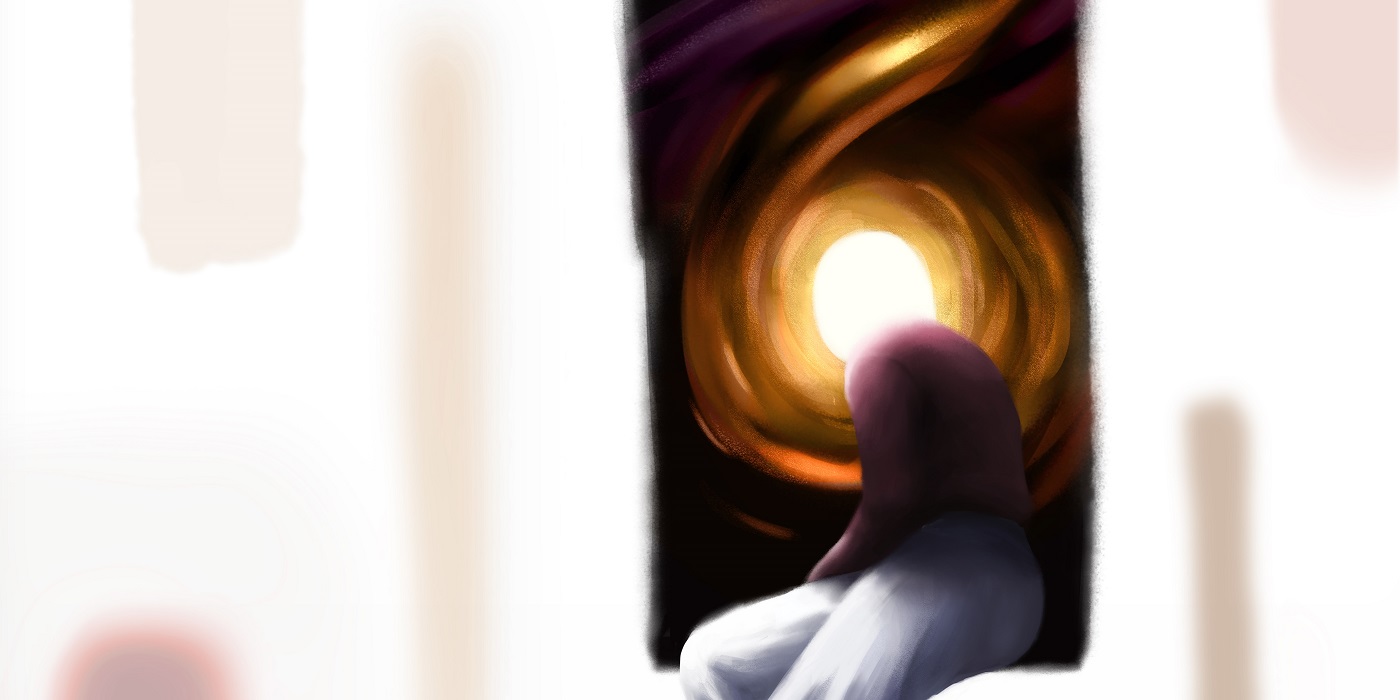
Spaces are filled with potential. They separate things from each other, everything from planets to atoms to cells to plants to animals to people to families to communities to socio-economic classes to political groups to nations to ideas to data points to dates on a timeline to musical notes to dabs of paint to dancers to actors to breaths to words to letters—as in the theme title space s—to all other conceivable things. And yet, these separations do not generate a void; rather, they create openings that spark activity—attention, association, connection, investigation, dialogue, exchange, collaboration, innovation, creativity, transmission, transgression and care, to name just a few such forms. Even at the smallest scales, when observing empty spaces of the quantum realm, scientists still detect a minute seething of particles. As Aristotle once postulated, nature abhors a vacuum.
Nor are spaces themselves static and absolute; they change depending on how they are filled, even as they change the trajectory of things that fill them. In the words of physicist John Archibald Wheeler, “Space tells matter how to move. Matter tells space how to curve.” This relative nature of space was theorized by Einstein, who described space as a physical thing that is dynamical and malleable, intertwined with time and the motion of observers, its potential to ripple, swirl and bend revealed under extreme conditions. This is the space we attempt to map and explore, even though it expands out to a cosmic horizon past which we cannot see and whose boundaries may not ever be delineated. Beyond these limits are posited other spaces and more dimensions, perhaps physical ones, and other universes in a vast landscape of mathematical possibility that stretches our imagination and conception of reality.
Similarly, on a human scale, we affect spaces—by inhabiting, perceiving, experiencing, understanding, constructing and diminishing them—even as we are affected by them. An Indigenous person in the Amazon, an Inuit in the Arctic Circle and an apartment-dweller in Westmount or Montreal North; a child, a teenager and a senior citizen; an extrovert and an introvert; two people flirting at a party and a couple in a long-term committed relationship; a student in a wheelchair and one who can bound up a flight of stairs; a gender-identifying and a non-binary person going into a bathroom; a Christian bowing their head in a church and an Indigenous Elder sitting in a Talking Circle; a Black protester and a White protester marching in the streets; a historian, an athlete and an architect, along with the rest of us in the homo sapiens species—all relate to spaces in myriad ways that both change spaces and change us.
Indeed, in this time of climate change, COVID-19 and Black Lives Matter, as well as of proliferating virtual spaces, we are being forced to confront a rapid and radical transformation in spaces. In the process, we are discovering the crucial role of spaces in economic, social, cultural, recreational, educational and political life. We are also challenging some of our notions about spaces, as well questioning some of our activities in them. This upheaval in our thinking and behaviour contains the potential for chaos but also for renewed reflection about spaces. As professor of Geography Doreen Massey writes in her 2005 book for space, “[t]he way we think about space matters” because:
it inflects our understandings of the world, our attitudes to others, our politics. It
affects, for instance, the way we understand globalization, the way we approach
cities, the way we develop, and practice, a sense of place. If time is the dimension
of change, then space is the dimension of the social: the contemporaneous co-existence of others.
In 2020-2021, SPACE invites Dawson students, faculty, staff, alumni and members of the broader community from across the disciplines to explore our contemporaneous co-existence with others in spaces of all kinds—including learning spaces, both in person and online, and the spaces of separation and overlap between academic disciplines. We invite participants to consider the dynamic activities that take place within spaces and that alter them; to contemplate negative spaces, gaps and unknowns; to interpret, imagine, challenge and build spaces; and to apply their growing knowledge and skills to the complex and shifting spaces of the world beyond the classroom, as well as to share and discuss their work with others through the various SPACE venues.
If you wish to get involved with the SPACE web magazine or events, please contact one of the SPACE coordinators:
Andrew Katz (English)
Lisa Steffen Fall, (History)
Robert Stephens Fall, (Humanities, Philosophy)
Joel Trudeau (Physics)
Above: detail of poster design by Miranda Clarke, Illustration student, Dawson College